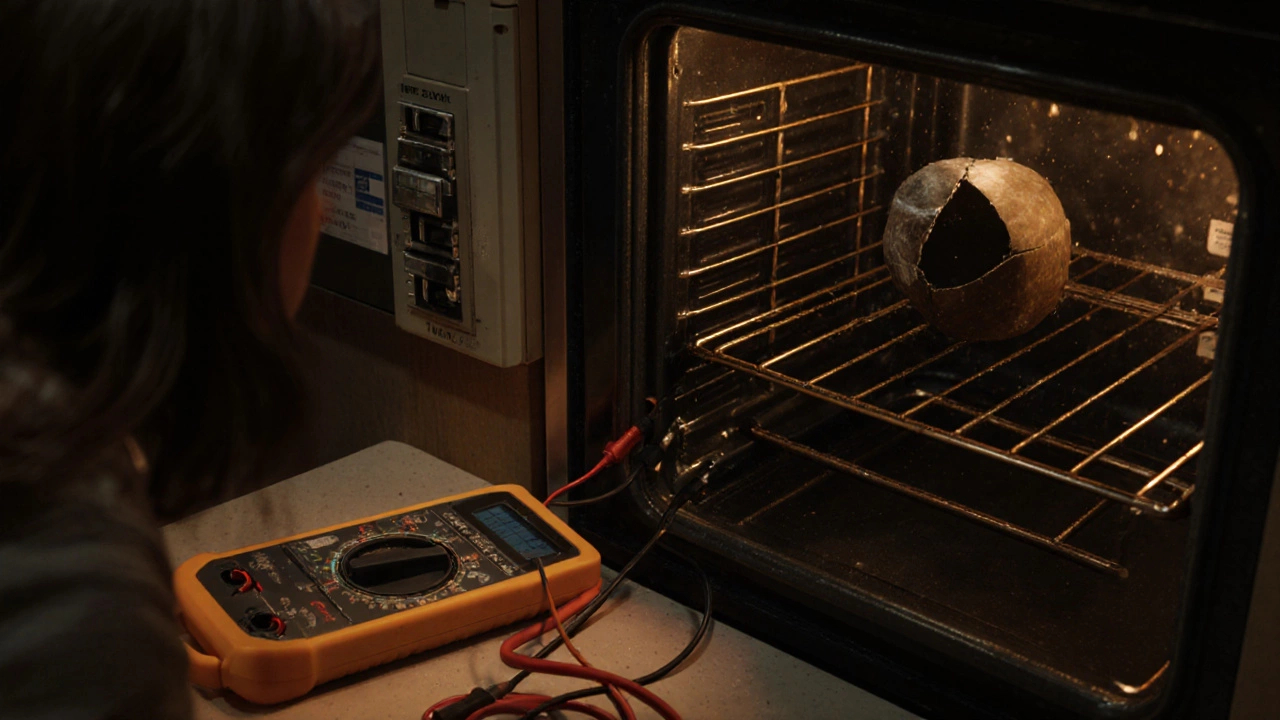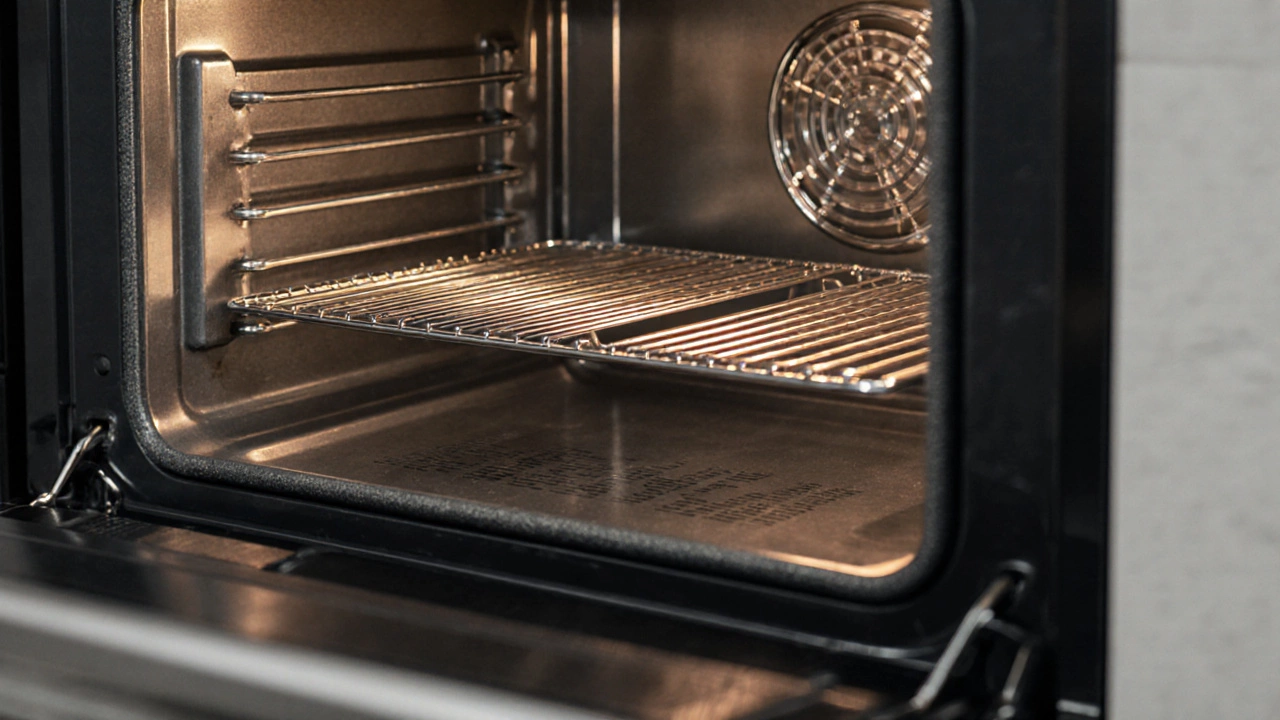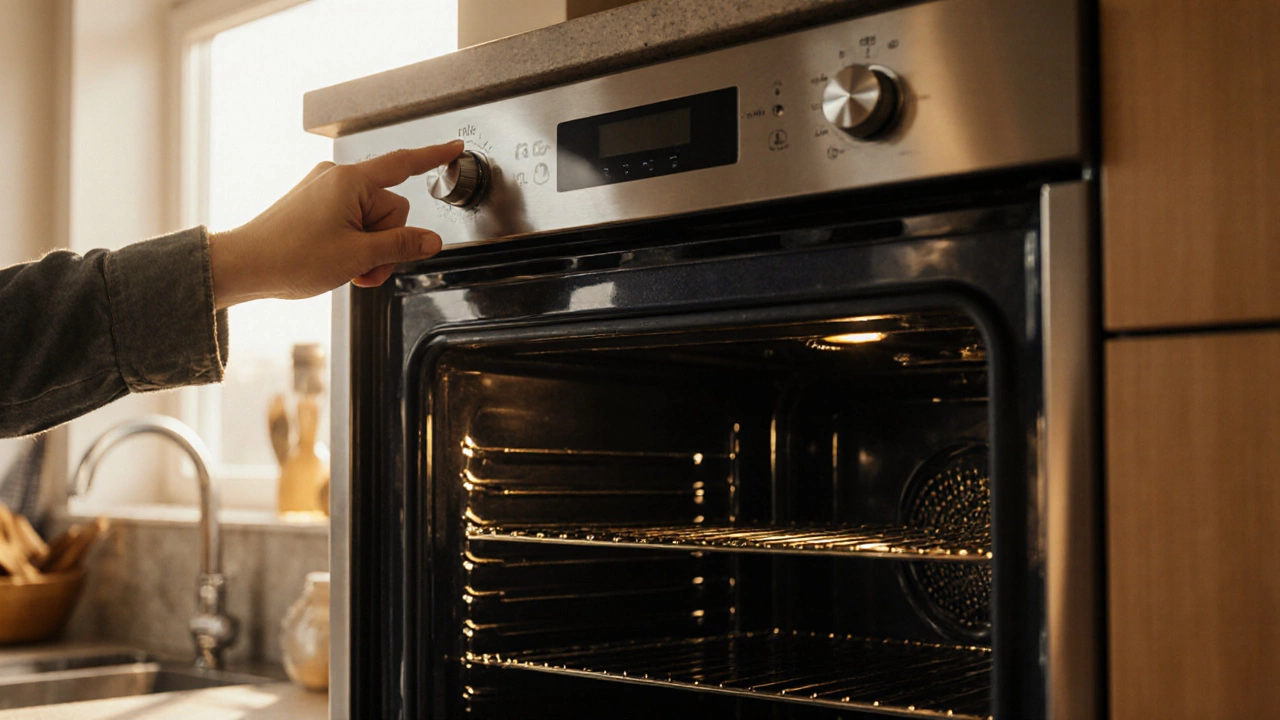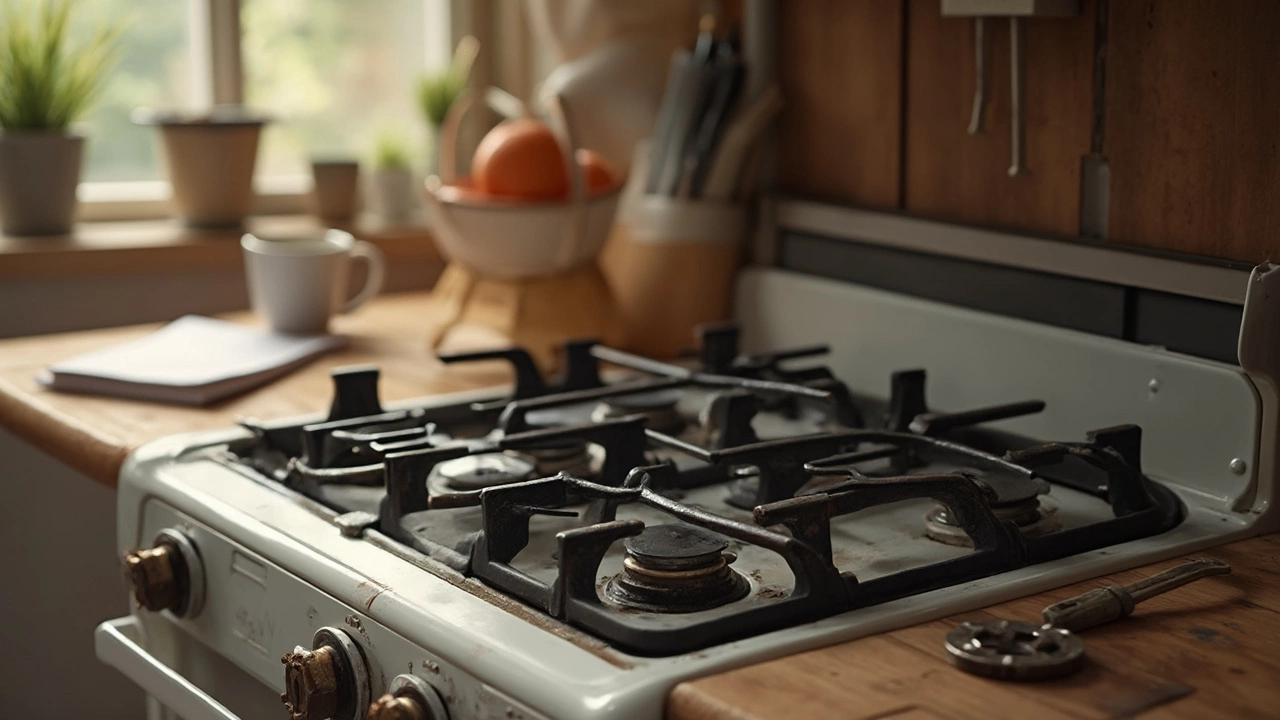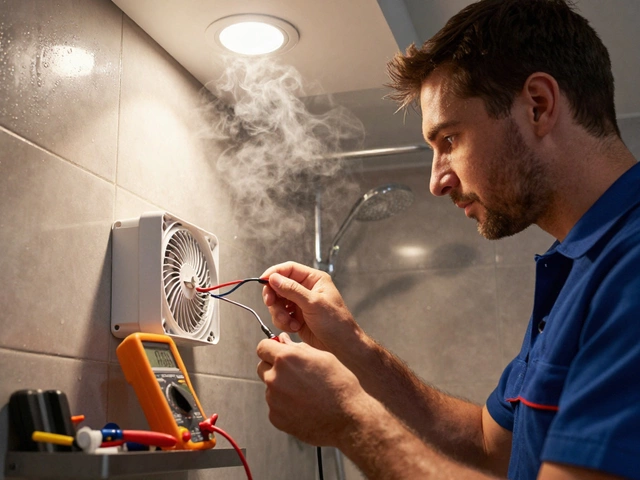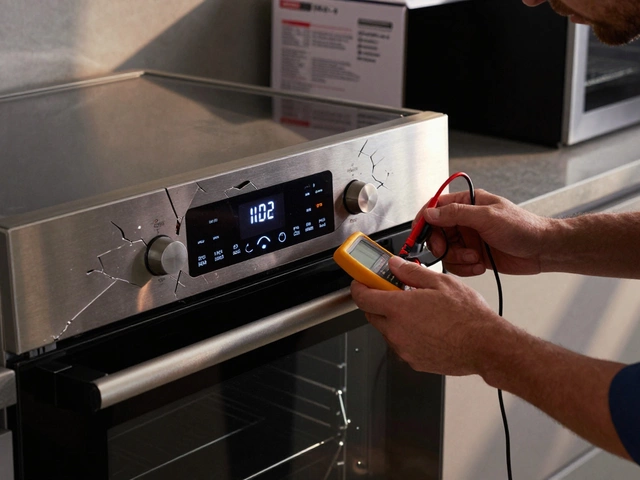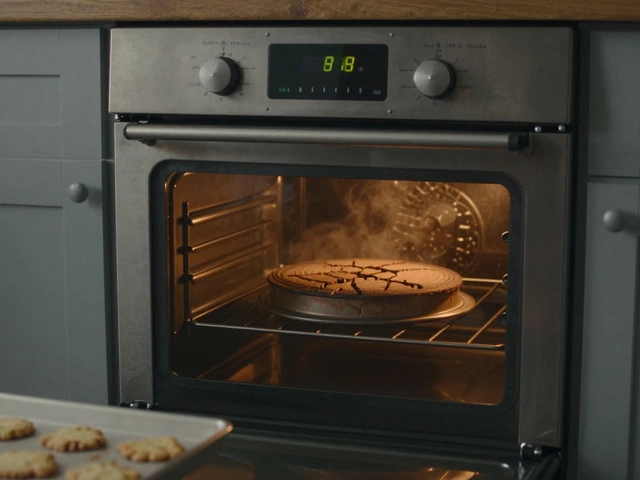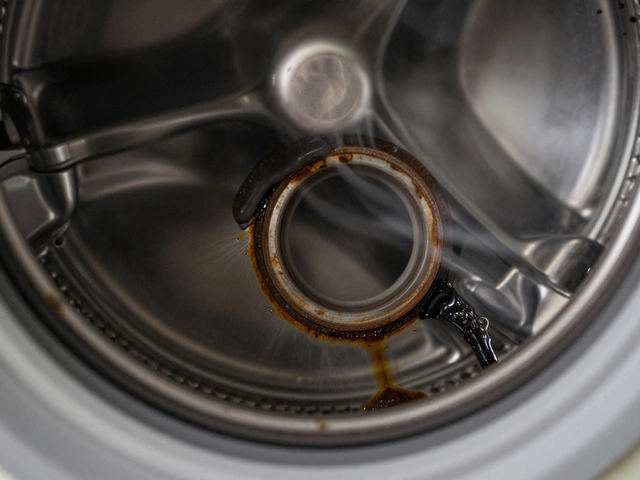Oven Not Heating? Get It Fixed Fast
If your oven is staying cold, you’re probably wondering what went wrong and if you can fix it yourself. The good news is most heating problems have a clear cause and a simple solution. Below we walk through the most common culprits, quick tests you can do at home, and the signs that it’s time to call a professional.
Check the Basics First
Start with the power supply. Make sure the oven is plugged in securely and that the circuit breaker hasn’t tripped. If you use a separate fuse box for the kitchen, flip the switch off and on again – a reset can sometimes revive the heating element.
Next, look at the oven’s settings. Some models have a “warm” mode that only keeps a low temperature. Verify you’ve selected the proper bake or roast function and the right temperature. A quick glance at the user manual (or a quick online search for the model) can confirm the correct buttons.
Common Parts That Fail
Heating element: This is the metal coil that glows red when the oven is on. If it’s broken or has a visible crack, the oven won’t heat. You can test it with a multimeter – no continuity means replace it. Many DIYers order a new element online and install it in under an hour.
Thermostat or temperature sensor: The thermostat tells the oven when to turn the element on. A faulty sensor will keep the oven thinking it’s already at temperature. Disconnect the sensor and test it with a multimeter (usually 1 kΩ at room temp). If the reading is off, replace the sensor.
Control board: Modern ovens use an electronic board to manage heating cycles. If the board is damaged, the oven may stay cold even though the element and sensor are fine. Diagnosing a board issue generally requires a technician, but you can look for scorch marks or loose wires before calling for help.
These three parts cover about 80 % of “oven not heating” complaints. If you’ve checked power, settings, and these components, you’re likely close to the solution.
When to Call a Pro
If the oven still won’t heat after you’ve inspected the element and sensor, or if you’re uncomfortable handling electrical parts, it’s safest to call a qualified repair service. A professional can safely test the control board, replace faulty parts, and ensure everything is reassembled correctly.
At Hinckley Home Appliance Repair Services we specialize in oven repairs, from simple element swaps to full control board replacements. Our technicians are local, fast, and honest about costs, so you won’t be surprised by a hidden fee.
Before you pick up the phone, make a note of the oven’s model number, the symptoms you observed, and any recent power outages. This information helps the technician diagnose the problem faster and get your oven back to baking in no time.
In short, most “oven not heating” issues boil down to power, a bad heating element, or a faulty sensor. Run the basic checks, test the key parts, and if you’re stuck, let a professional handle the more complex electronics. With a bit of troubleshooting you can often save time and money, and get dinner back on the table sooner.
11 December 2025
·
0 Comments
If your oven won't heat up, the issue is often a broken heating element, faulty thermostat, or failed igniter. Learn how to diagnose and fix common oven heating problems yourself.
Read more
18 November 2025
·
0 Comments
Your electric oven suddenly stopped working? It could be a tripped breaker, burnt heating element, or faulty sensor. Learn the most common causes and how to fix them yourself - no technician needed.
Read more
22 October 2025
·
0 Comments
Learn how to spot a bad electric oven element, test it with a multimeter, and replace it safely. Step‑by‑step instructions, tools list, and FAQ included.
Read more
8 October 2025
·
0 Comments
Learn why your oven isn't heating, how to diagnose common faults like a faulty element or thermostat, and decide when DIY fixes are safe or a professional is needed.
Read more
5 October 2025
·
0 Comments
Step‑by‑step guide to diagnose common oven problems, identify faulty parts, and decide when to DIY or call a professional.
Read more
21 September 2025
·
0 Comments
Cooker suddenly dead? Use this NZ-safe guide to diagnose no power, no heat, tripping RCDs, gas ignition faults, and induction errors-plus when to call a pro.
Read more
18 July 2025
·
0 Comments
Learn how to spot and troubleshoot electric oven problems, from temperature issues to strange noises. Fix your appliance with expert tips and simple checks.
Read more
15 May 2025
·
0 Comments
Wondering how much it costs to fix a gas oven igniter? This article breaks down what you’ll pay for parts and labor, how to spot a bad igniter, and tips for saving money. We’ll talk about when you can tackle repairs yourself and when to call in a pro. Plus, you’ll find real-life examples and practical advice. Get the facts before you schedule a repair or start looking for parts.
Read more


